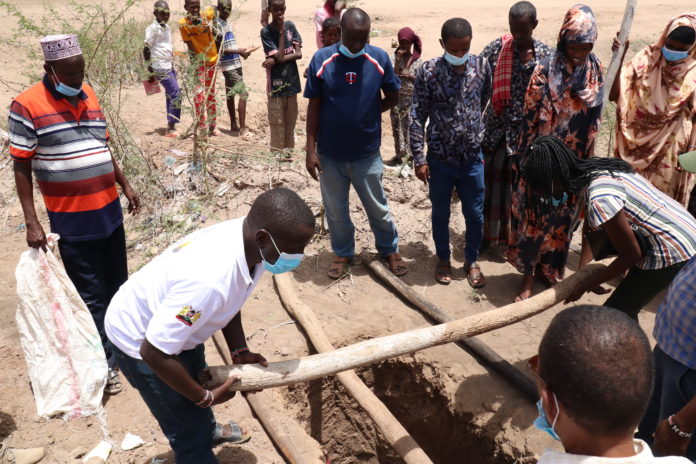By Omboki Monayo
Isiolo County, Kenya: Dulo Mohammed and his family members have long been used to relieving themselves in the bushes situated some distance away from his homestead.
“We would have to cover some distance before squatting in trepidation, discomfort, and general unease while obeying the call of nature,” he told Talk Africa.
The vital activity is not without its myths and misconceptions.
“We grew up hearing that a djinn or wild animal can attack you in the darkness, so going to do it always carries an element of risk,” Dulo said.
The lanky herdsman and father of seven are one of the estimated 4.7 million Kenyans without access to toilet facilities.
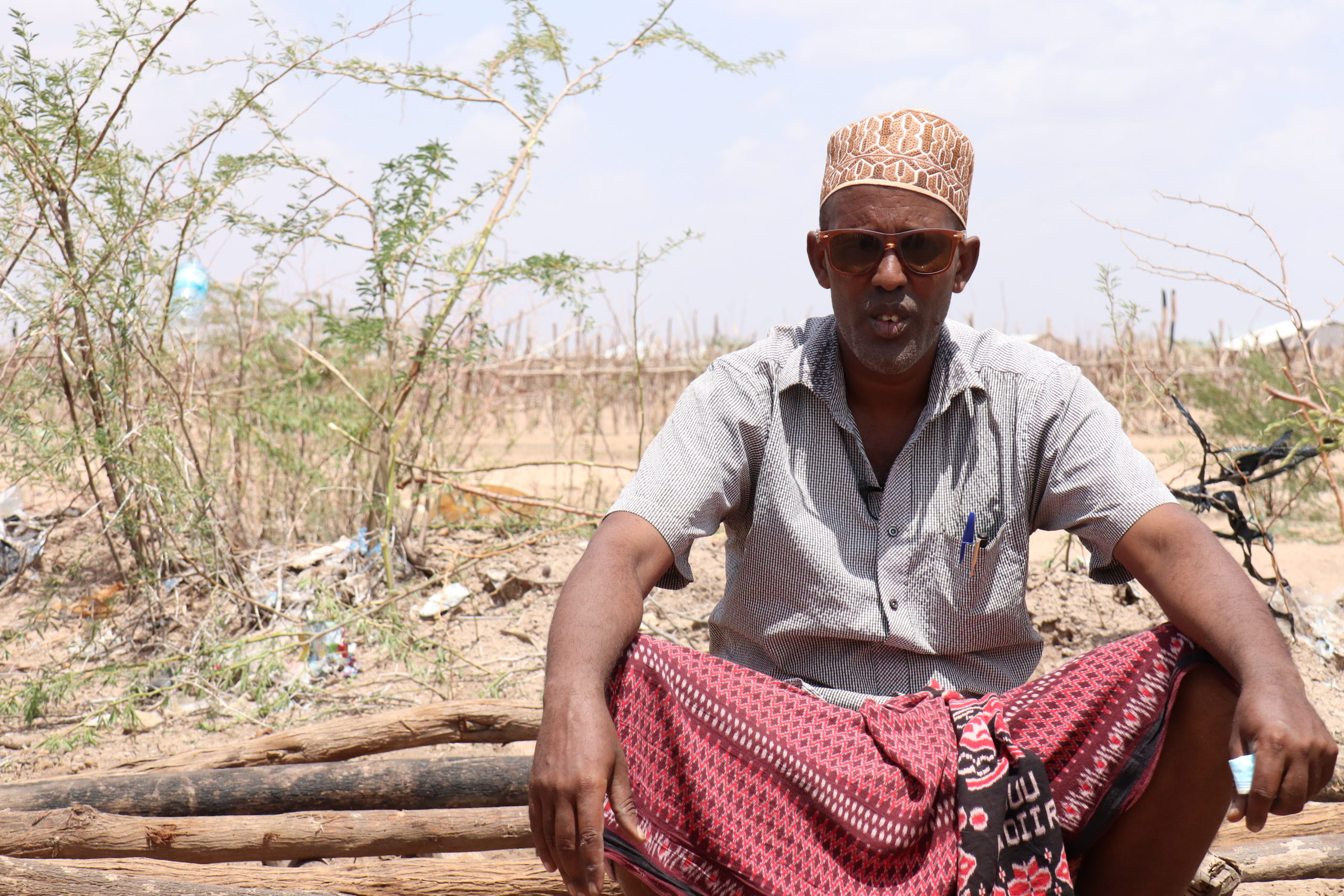
On this hot morning, the livestock farmer, community health volunteer, and resident of Bandaranao, Merti sub-county, Isiolo County is playing host to a team of unique visitors to his home.
Most of the visitors are residents of the settlement and members of the Bandaranao toilet construction cooperative.
After the customary round of greeting and introductions is done, the team gets down to work, ferrying poles into the compound.
In attendance are public health officers Gladys Katoni Mutua (Isiolo sub-county) and Patrick Mutabari (Merti sub-county).
Also present is Leo Okech Awuor, who is the water, sanitation, and hygiene (WASH) officer working for Action Against Hunger (ACF) in the county.
ACF is one of the toilet construction project partners.
“We are running a joint program with the county government to empower area residents through the construction of toilets using cheap and locally available materials,” says Awuor.
According to Mutua, the program has been rolled out in the CHVs home to act as an example for the rest of the manyatta’s residents.
“We have trained the CHVs on the major WASH concepts and we fully expect them to apply the life-saving hygiene rules in their own homes. The rules include having a handwashing station outside the house, using soap and water to wash hands at the four crucial times which are before cooking, breastfeeding, eating, and after using the toilet,” says Mutua.
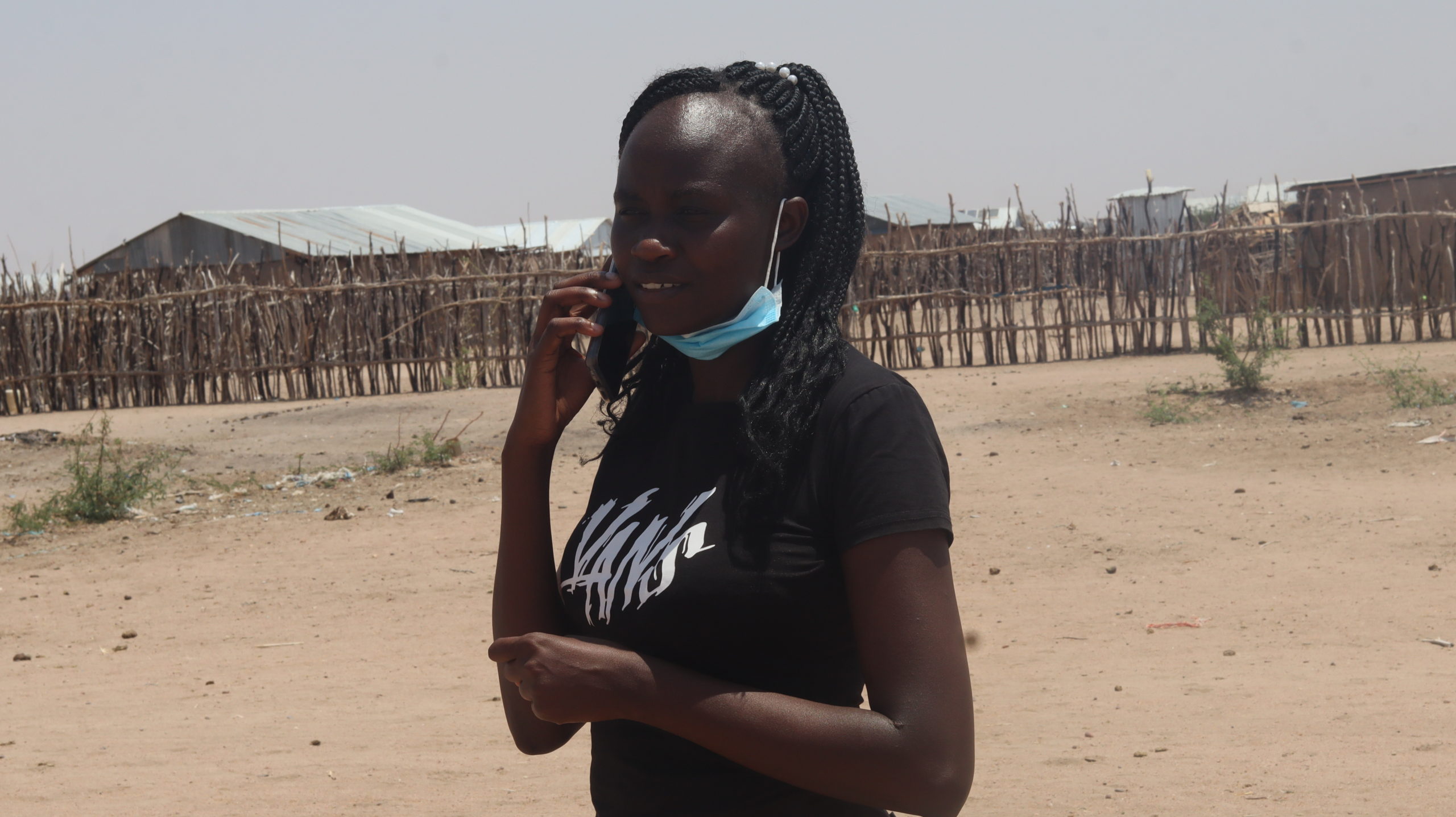
Mohammed, who lives in Bandanaro Town “A”, serves 45 households as a CHV.
“Education has made us realize we were consuming our own feces by relieving ourselves in the open. This is because the waste matter can eventually contaminate the water supply system via surface water,” he said.
Mr. Halkano Gababo, who is a senior public health officer and the Merti sub-county’s disease surveillance coordinator, is emphatic that people must take personal responsibility for their personal health.
“If you get sick and die because of cultural taboos, what will you have gained? It is time each of us prioritized personal health by taking measures to safeguard it. Having a toilet is an important part of this lifestyle,” says Gababo.
Soon, the shoveling is done. It is time to get the latrine to work.
Working under Mutabari’s instructions, the team lays a framework of tree poles lying across the sandy pit in a rough checkerboard pattern.
“We have seen that a toilet is not just a cement, iron sheets roof and mortar structure, but something we can construct using cheap, locally available materials,” says Mohammed.
Mutabari is determined to see as many toilets constructed in the area as possible.
In 2021, public health records show that the Merti sub-county recorded 1,226 cases of diarrhea among under fives, with 1,382 cases of diarrhea among those aged over five years recorded.
“We have had several outbreaks of diarrhoea diseases, with children under five being the most affected. Building these toilets is a sure way to reduce the diarrhoea prevalence,” he says.
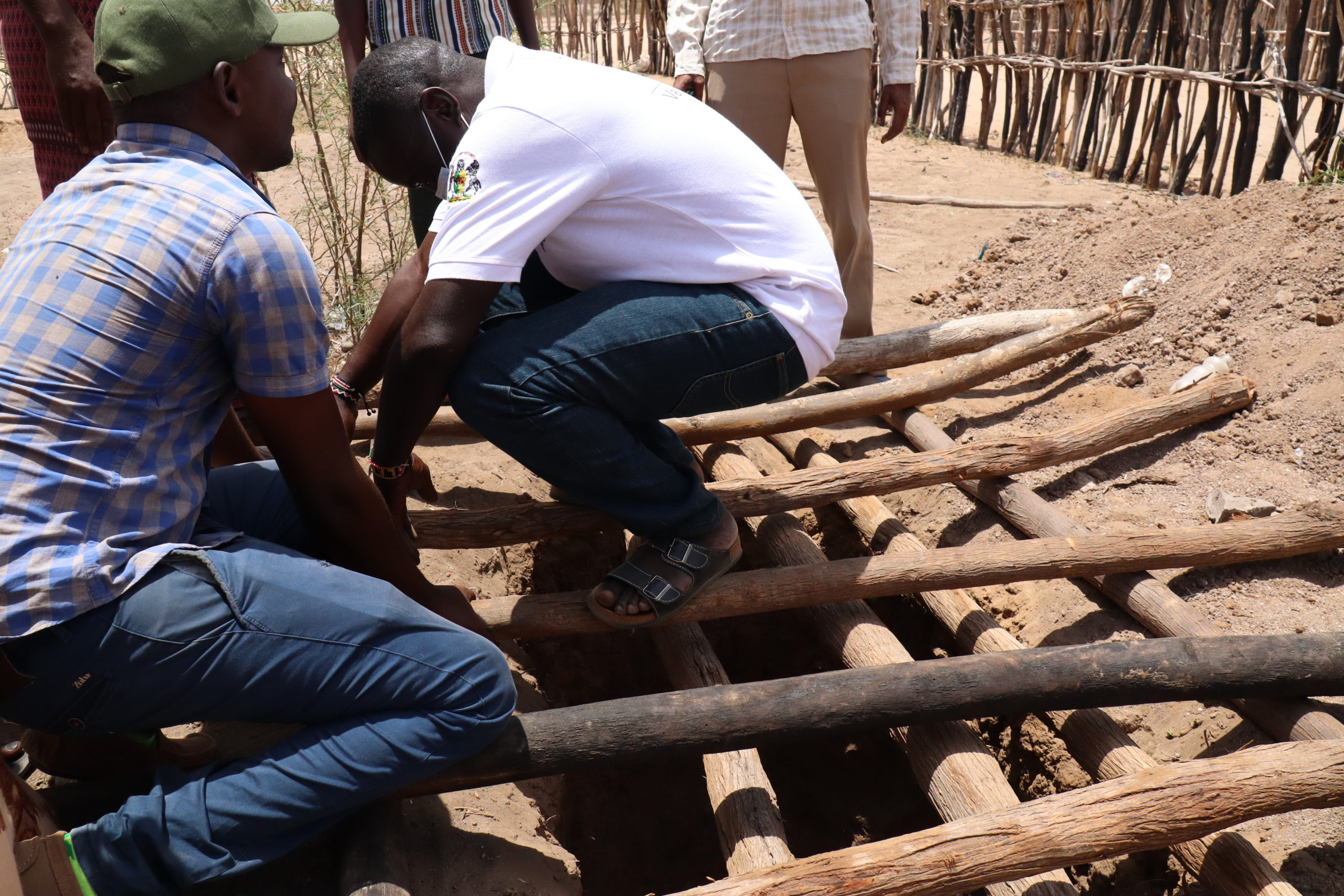
Some seven kilometers away, Mr. Abdillahi Tadicha is busy shoveling sandy soil out of a pit that will eventually reach 20 feet deep into the ground.
The community health volunteer and pastoralist who lives in Korbesa, Merti Sub-county, Isiolo County, has also decided to construct a toilet in his residence.
He is one of the area residents in Central “A” manyatta that have come together to build toilets.
“We are building these latrines so that we can end the shameful culture of defecating in the open or taking our fecal waste to our neighbours,” he says.
Mr Abdi Golicha, whose toilet is also under construction in Korbesa, mentions ancient taboos as an obstacle to toilet construction in the area.
“For many years, we have heard of myths and misconceptions around having toilets in the homesteads. One of them is the fear of being attacked by majini (djinns) or evil spirits while using a pit latrine at night,” he says.
Such ancient but misplaced beliefs, Mr. Golicha says, could have perpetuated the reluctance to embrace pit latrines among some members of the community.
“We have had such beliefs for a long time but it is now time to change. Everyone should have a toilet at home,” he says.
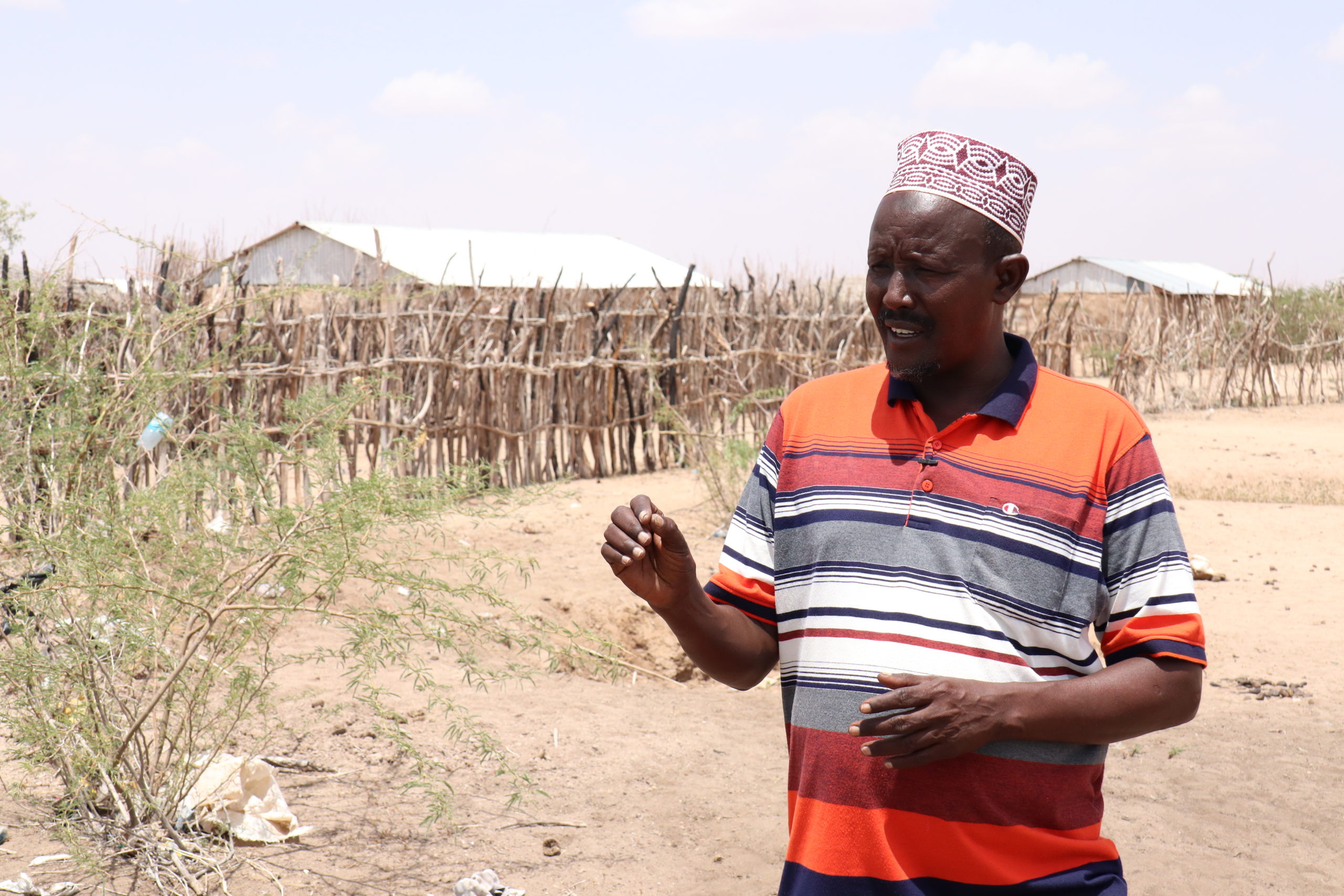
Ifrah Somo is the community health assistant (CHA) covering Korbesa, Bandarano, and Biliqi. As part of her duties, she monitors and supervises 26 CHVs serving residents in that area.
By having the toilets built, she believes the community can overcome the diarrhoea disease cases that are frequently reported here.
“We are telling our community to disregard taboos and myths around pit latrines. To have better health, and fewer cases of diarrhea, they should practice proper hand-washing after confidently using the pit latrines to relieve themselves,” Somo says.
According to Isiolo County Public Health Officer Guracha Sarite, Isiolo Sub-County has 56 villages.
“Of these, three out of every four or 75 percent were previously designated as open defecation free (ODF),” says Sarite.
Due to the last flash floods, Sarite estimates that the rating has now been reduced to 56 percent from an estimated 72 percent toilet coverage in 2017.
He however admits that current official data on toilet coverage in the county is still unavailable.
“Assessment is yet to be done to establish the exact data, though I may say that a survey done today could reveal even lower toilet coverage rates,” he said.
Sarite attributes the decline to the nomadic lifestyles of communities living in the region.
“We can build toilets for every household in a particular village, only for flooding to drive residents away within a matter of days. They also migrate in search of pasture and water for their livestock,” he said.
Sarite says toilet scarcity can also be linked to extreme weather conditions that often affect parts of the expansive county.
The situation is complicated further by the region’s sandy soils, which are prone to flooding after heavy rains.
“The nature of our soil is alluvial. When the river floods, the toilets are damaged. The last flash flood caused a lot of damage. We need artisans to design them to be more durable,” he says.
He explains that some toilets also sink due to the sandy soil.
“When it rains, the soil is waterlogged and weak, causing the toilets to sink. Some toilets also tend to sink after being built with cement,” he says.
The veteran public health officer says the problem stretches beyond homes to schools.
“Our children can still catch diarrhoea diseases if they go to schools that have no functional toilets. They could bring the germs back home and spread infections to other members of the family,” he says.
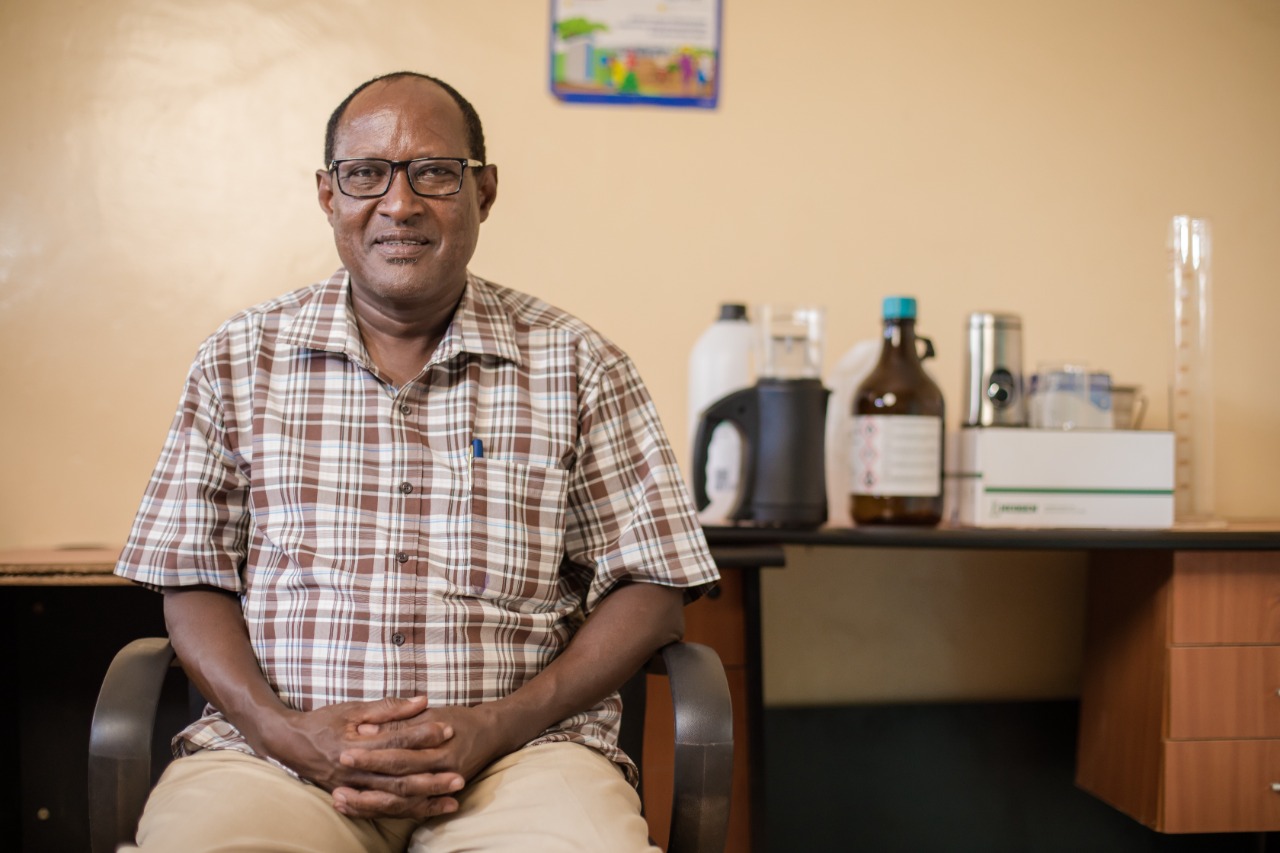
According to Awuor of ACF, the toilet building program is part of the organization’s core agenda, which is to fight hunger and malnutrition.
“We recognize the proper management of waste as one of the pillars of good health, and are determined to encourage the construction of more toilets to eliminate open defecation, which is a public health challenge,” says Awuor.
He says ACF is supporting the toilet initiative to reduce the region’s diarrhoea disease prevalence.
Awuor is happy that the project is relatively cheap to implement.
“We have managed to dig several pit latrines with simple structures that can serve as a temporary floor until we finish construction. The whole process is done using locally available materials, which include the poles used to line the floor,” says Awuor.
He looks forward to a day when there will no longer be piles of human waste scattered across the area, on pathways and pasture grounds near the manyattas.
“We hope that the community will fully adopt the pit latrine as a sanitation measure that will certainly improve health and save lives,” says Awuor.
Isiolo’s public health boss says the county government is spearheading the toilet project in homes and schools.
“We are helping some of the affected families rebuild their toilets that were wrecked by floods. We are also helping to reconstruct the toilets in the affected schools,” says Sarite.
Mr. Sarite explains that the fight to overcome open defecation and related health complications is incomplete without community health volunteers.
“Working with ACF, we have trained our CHVs on water, sanitation, and hygiene. The toilet project is a trigger they can now use to practically educate their communities and promote the construction of toilets, treatment of drinking water, and regular hand-washing as a healthy lifestyle,” says Sarite.
Ifra Somo is the community health assistant (CHA) that coordinates and supervises the activities of the CHVs in the area covering Korbesa, Bandaranao and Biliqi manyattas.
“If adopted wholesale by the entire community, the practice will safeguard the people’s hygiene and drastically reduce cases of diarrhea which occur due to the drinking of contaminated water,” she adds.
Asili Jattani is a CHV based in Central “A” manyatta.
“I usually visit a total of 41 homes in my area. Whenever I encounter a case of diarrhoea, I can prescribe oral rehydration salts (ORS) or refer the patient for treatment at a facility if it is more complicated,” she says.
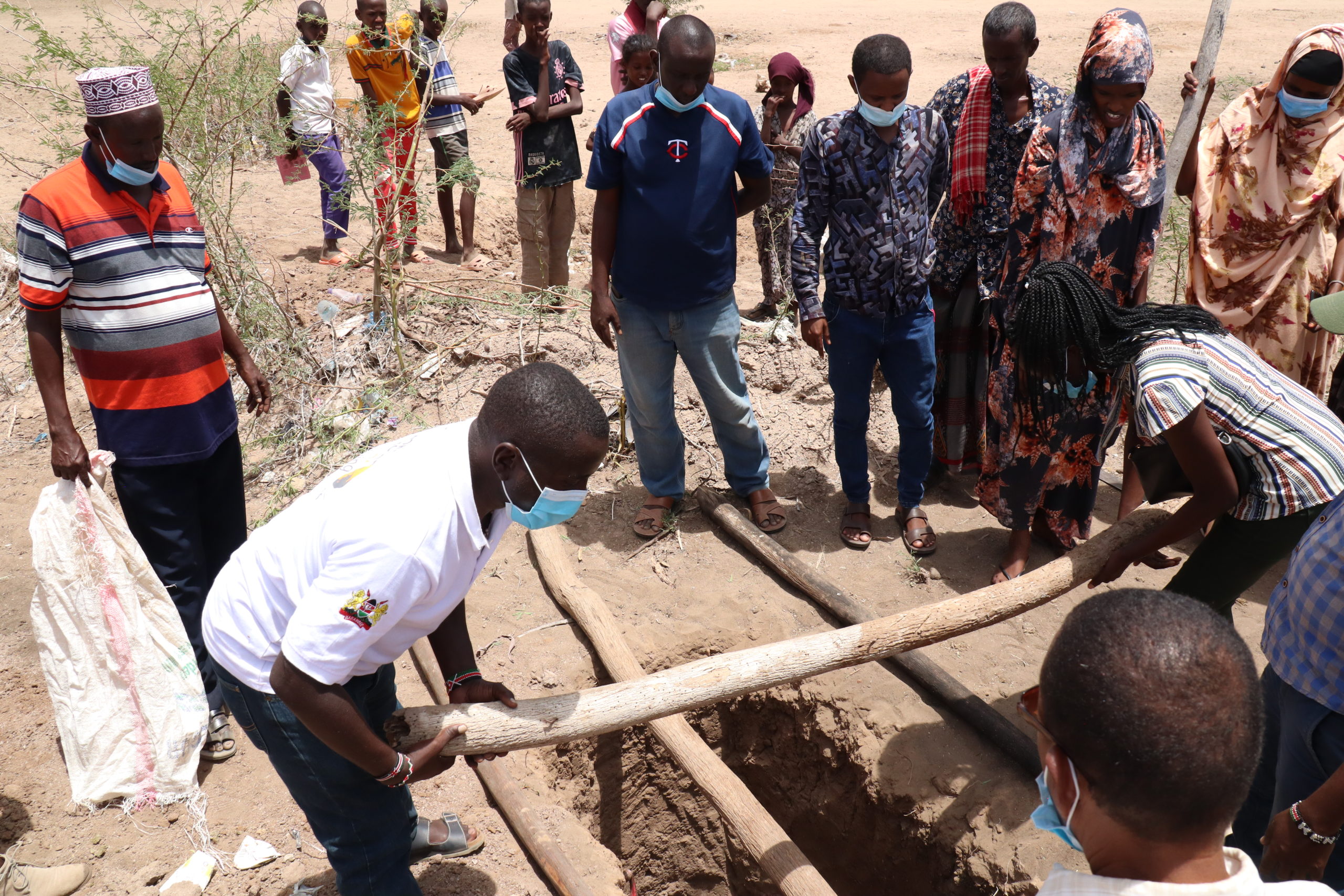
The CHV also distributes water treatment tools such as Pur and Aquatab for clear and turbid or cloudy water respectively.
Ms. Jattani says diarrhoea cases in the area have reduced since ACF began supporting the CHVs’ outreach program with the water treatment compounds.
She identifies cultural taboos around defecation as a major obstacle to universal toilet coverage in the area.
“Our long-held taboos have proven to be an impediment to the adoption of toilets into everyday life,” says Jattani.
“For instance, if a woman is married into a family that lives in a large homestead, she might be hesitant in sharing a toilet with the in-laws because it is regarded as a taboo,” adds the CHV.
She insists there is no health risk involved when parents share latrines with their married children.
“Feaces are simply human waste. There is no difference between fecal matter deposited by parents, grandparents, children, or in-laws. It is time such outdated beliefs were discarded,” Jattani says.

